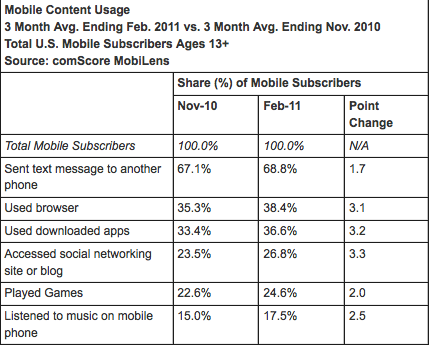I confess.
I am a bit of a Meet-Up junkie, but I like to call myself a ‘life-long learner’. At the BlueMix Girls’ Leadership and software demo on March 11 at IBM Innovation Center, Foster City the group satisfied both the geekie tech side with a socially acceptable “Girls’ Night Out” theme.
- So fun! Check out the #Watson Personality Analyzer. You can paste any text and it will give you an assessment. #MakeItHappen #bluemixgirls #IBMSValley #IBM @elena_Kasimo @Sandy_Carter
- Learning about new #IBM #Bluemix service. It has monitoring and analytics #MakeItHappen #ibmSValley
- Inspiring Jeannice Fairrer Samani! Love you! #Inspirational #bluemixgirls #IBM
- #MakeItHappen @IBMSValley talk on #WomenInTech encouraging professional development! @jeannice @whaddyathink @salyssaSF #bluemixgirls #genderBias #womenLead
We were a bright, warm and humorous group of tech women (developers and users) that showed up at this Meet-Up event. Opening the evening was a panel discussion with Joanne Bohigian, President & CEO at Foster City Chamber of Commerce; Jeannice Fairrer Samani, PhD, MBA, MDE Full Scholar & Professor of Higher Education AACSB University; Sara Rauchwerger, Founder TechLAB Innovation Center Cultivating Technology Companies / Accelerating Business Growth; Alyssa Simpson, Sr. Product Manager – Mobile at IBM.
In the competitive PaaS (Platform as a Service) arena there’s a new kid in town: Bluemix is IBM’s open cloud development platform that competes with Amazon’s AWS and Microsoft’s Azure. It’s clever that IBM is targeting women developers to use and/or switch platforms by hosting this evening’s event. As I understand it, BlueMix is an open source platform that allows users to develop and run on their Cloud IoT. Anyone can develop apps using: OpenStack (Virtual Machine), Docker (Container) and CloudFoundry (Instant Runtimes). More information here.
One really competitive (and fun) api feature is the IBM’s Watson Personality Insight
The Personality Insights service uses linguistic analytics to infer the personality characteristics, intrinsic needs and values of individuals from communications that a user opts to make available via mediums such as email, text messages, social media, forum/blog posts, and more. These insights help businesses better understand their clients and improve customer satisfaction by anticipating customer needs and recommending future actions. This allows businesses to improve new client acquisition, retention, and engagement, and strengthen their relationships with existing customers.
The following is a brief description of the three kinds of personality insights that are provided by this service:
- Personality characteristics: The service can build a portrait of an individual’s personality characteristics and how they engage with the world across five primary dimensions: Openness, Conscientiousness, Extroversion, Agreeableness, and Neuroticism (also known as Emotional Range).
- Needs: The service can infer certain aspects of a product that will resonate with an individual across twelve needs: Excitement,Harmony, Curiosity, Ideal, Closeness, Self-expression, Liberty, Love, Practicality, Stability, Challenge, and Structure.
- Values: The service can identify values that describe motivating factors which influence a person’s decision-making across five dimensions: Self-transcendence / Helping others, Conservation / Tradition, Hedonism / Taking pleasure in life, Self-enhancement / Achieving success, and Open to change / Excitement.
And as Tableau seems to lead data visualization, I really enjoy the simplicity of Watson’s Personality Insight’s circular wheel as shown above. I think we will see more emphasis on usability design in the years to come from IBM if Watson is the showcase example.
You can try pasting some text here and test Watson’s Personality Insights api yourself. — Let me know if it’s accurate for you!



























